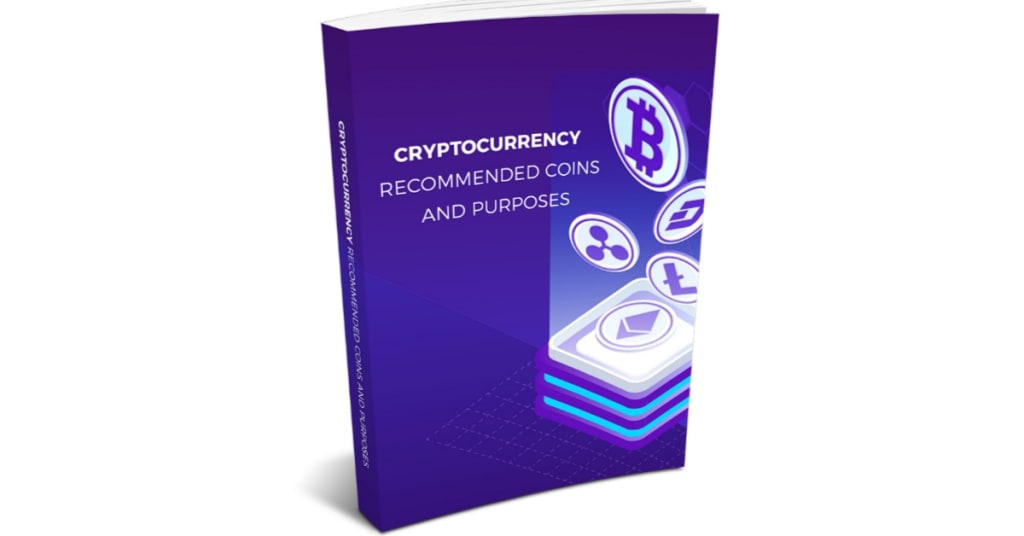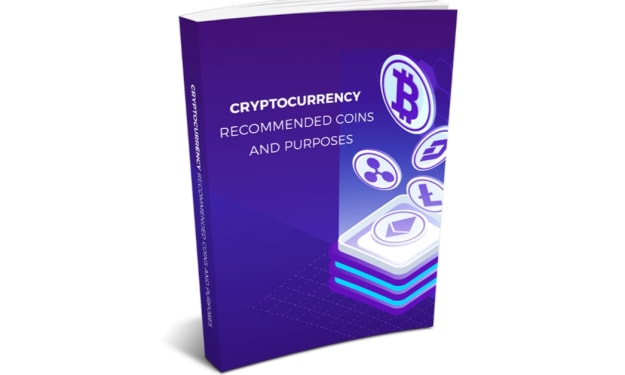Crypto currency: chapter 3
Crypto currency: how to earn crypto

Coin #3: Cardano (ADA)
Cardano is one of the biggest cryptocurrencies by market cap. It's designed to be a next-gen evolution of the Ethereum idea with a blockchain that's al flexible, sustainable, and scalable platform for running smart contracts, which will allow the development of a wide range of decentralized finance apps, new crypto tokens, games, and more.
As of March 2021, however, smart-contract functionality has yet to be rolled out by developers. An upgrade scheduled for the second quarter of 2021 will unlock smart-contract features, bringing Cardano one step closer to its goal of providing developers with a blockchain platform that is robust, secure, scalable, and highly energy-efficient.
Much like the Ethereum blockchain's native cryptocurrency is ETH, the Cardano blockchain's native cryptocurrency is ADA - which can be bought or sold via exchanges like Coinbase. Today, ADA can be used to store value (perhaps as part of your investment portfolio), to send and receive payments, and for staking and paying transaction fees on the Cardano network.
How does Cardano work?
Cardano's goal is to be the most environmentally sustainable blockchain platform. It uses a unique proof-of-stake consensus mechanism called Ouroboros, as opposed to the energy-intensive proof-of-work system currently used by Bitcoin and Ethereum. (Ethereum is also moving to a proof-of-stake system via the ETH2 upgrade).
What is proof of work? Decentralized cryptocurrency networks need to make sure that nobody spends the same money twice without a central authority like Visa or PayPal in the middle. To accomplish this they use a "consensus mechanism." The original crypto consensus mechanism is called proof of work, first popularized by Bitcoin mining.
Proof of work requires a huge amount of processing power, which is contributed by virtual "miners" around the world competing to be the first to solve
The winner gets to update the blockchain with the latest verified transactions, and is rewarded with a predetermined amount of crypto.
What is proof of stake?
Rather than using a network of miners racing to solve a puzzle, proof of stake uses a network of invested participants called validators. Instead of contributing processing power to secure the network and verify transactions as miners do, validators stake their own ADA.
The network selects a winner based on the amount of ADA each validator has in the pool and the length of time they've had it there literally rewarding the most invested participants.
Once the winner has validated the latest block of transactions, other validators can attest that the block is accurate. When a threshold number of attestations have been made, the network updates the blockchain,
All participating validators receive a reward in ADA, which is distributed by the network in proportion to each validator's stake.
Becoming a validator is a major responsibility, but interested parties can also earn ADA rewards by "delegating" some of their crypto to a staking pool run by someone else.
The Cardano blockchain is also divided into two separate layers: the Cardano Settlement Layer (CSL) and the Cardano Computing Layer (CCL). The CSL contains the ledger of accounts and balances (and is where the transactions are validated by the Ouroboros consensus mechanism). The CCL layer is where all the computations for apps running on the blockchain are executed - via the operations of smart contracts.
The idea of splitting the blockchain into two layers is to help the Cardano network to process as many as a million transactions a second.
t are Cardano native tokens?
On March 1, 2021, the Cardano blockchain introduced the ability to create native tokens. Like Ethereum tokens - which can include things like NFTs or stablecoins like USD Coin - Cardano native assets can be created and distributed on the blockchain and are able to interact with smart contracts.
But unlike Ethereum-based tokens, Cardano native tokens aren't created via smart contract. Instead, they run on the same architecture as the ADA cryptocurrency itself. According to the nonprofit Cardano Foundation, this makes Cardano native assets "first-class citizens" on the blockchain. Their native architecture can theoretically make these tokens more secure and reduce the fees associated with transactions.
About the Creator
Enjoyed the story? Support the Creator.
Subscribe for free to receive all their stories in your feed. You could also pledge your support or give them a one-off tip, letting them know you appreciate their work.





Comments (1)
Appreciate your work.